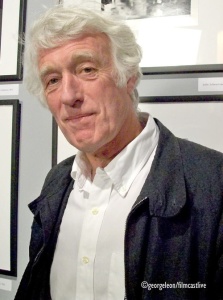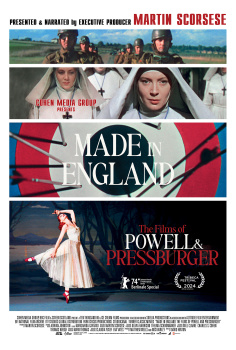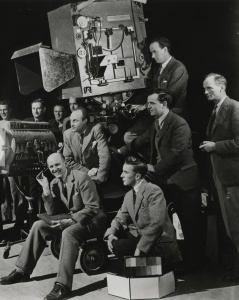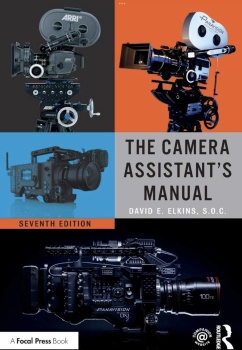Hosted by Rob Hummel. Continuing with screenings of “Manhattan” and “The Black Stallion” on September 10 and 11 at the Samuel Goldwyn Theater in Beverly Hills. “Cinema is a matter of what’s in the frame and what’s out.” – Martin Scorsese
The motion picture aspect ratio isn’t just a frame for the picture; in the hands of an accomplished filmmaker, the aspect ratio can have a significant influence on the storytelling process. Join Science and Technology Council member Rob Hummel for an illustrated lecture that traces the history of motion picture formats from the silent era through the 21st century. “Behind the Motion Picture Canvas” examined the role that emerging technology has played in the evolution of film formats, and how the technical choices made by Thomas Edison and William Dickson at the dawn of the film era continue to influence the way we look at movies today.
The Wednesday evening showcase was a success filling the Samuel Goldwyn Theater in Beverly Hills almost to capacity with over 800 filmmakers, cinematographers, producers, students, members of A.M.P.A.S and film buffs of all ages.
 The Adventures of Robin Hood. Directed by Michael Curtiz
The Adventures of Robin Hood. Directed by Michael CurtizPhotographed by Tony Gaudio and Sol Polito 1938,
Academy aperture 1.37:1 -Technicolor 3 strip process
 Technicolor 3 strip camera. Technicolor became known
Technicolor 3 strip camera. Technicolor became knownand celebrated for its hyper-realistic, saturated
levels of color, and was used for filming
The Wizard of Oz and Singin' in the Rain,
The Adventures of Robin Hood and Joan of Arc,
Snow White and the Seven Dwarfs and Fantasia
The program included outstanding clips from such films as “The Great Train Robbery” (1903, full aperture 1.33:1), “The Adventures of Robin Hood” (1938, Academy aperture 1.37:1), “White Christmas” (1954, VistaVision 1.85:1), “Lady and the Tramp” (1955, CinemaScope 2.55:1), “Sleeping Beauty” (1959, Technirama 70 2.2:1, Composed for 2.55:1), “The Sound of Music” (1965, Todd-AO 65mm 2.2:1), “Ryan’s Daughter” (1970, Super Panavision 65mm 2.2:1), “Silverado” (1985, Super 35 2.40:1), and “The Accidental Tourist” (1988, Panavision 2.40:1).
 The Sound of Music, 1965, Todd-AO 65mm 2.2:1
The Sound of Music, 1965, Todd-AO 65mm 2.2:1Directed by Robert Wise and photographed by Ted D. McCord

Tonino Delli Colli on Techniscope 235: 1
Techniscope or 2-Perf is a 35mm motion
picture camera film format introduced by
Technicolor Italia in 1963.
Hummel has served on the Scientific and Technical Awards Committee and edited the 8th edition of the American Cinematographer Manual. During Hummel’s tenure at Technicolor, he worked closely with over 70 cinematographers ranging from John Alonzo to Vilmos Zsigmond, giving him a unique perspective on the creative process of working with film formats. “Behind the Motion Picture Canvas: Film Formats through the 21st Century” continues with two nights of screenings hosted by Rob Hummel. Both screenings will be held at the Samuel Goldwyn Theater.





























































